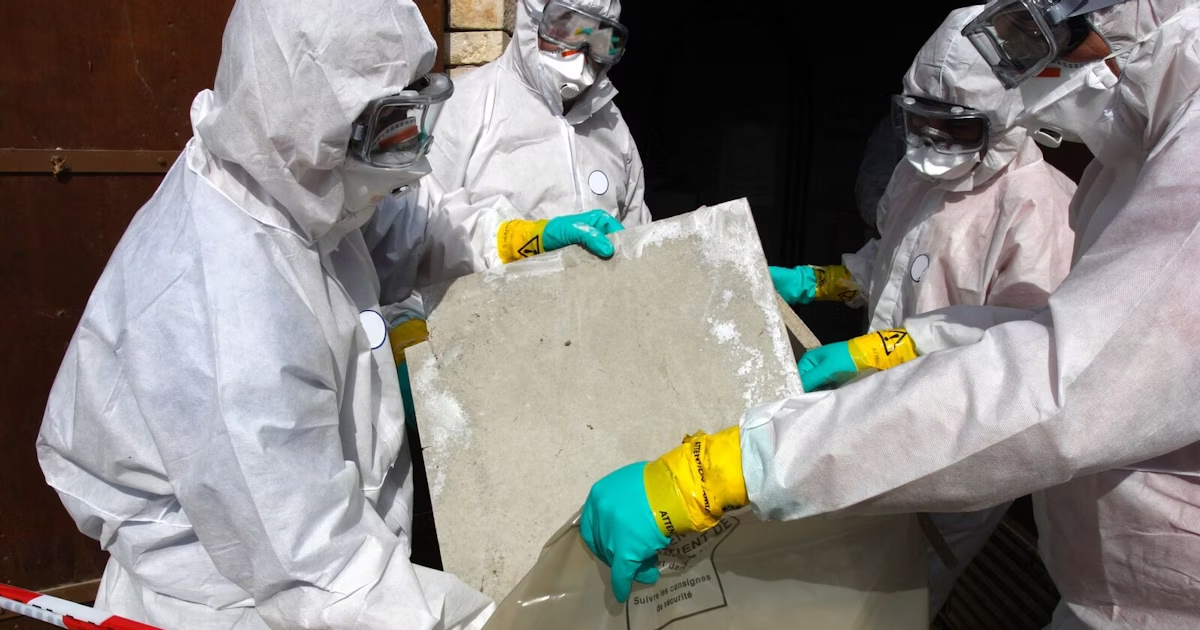Asbestos surveys are crucial for identifying hazardous materials in older buildings, but they can cause disruptions to daily operations. Whether you’re managing an office, school, or residential property, minimizing the impact of an asbestos survey on occupants is essential. These disruptions can include noise, restricted access to certain areas, and the need for temporary evacuations. We will explore how to plan and prepare for an asbestos survey from Supernova Asbestos Surveys to ensure minimal disturbance. By taking proactive steps, you can maintain a productive environment while ensuring the safety of everyone in the building.
Planning the Survey to Minimize Interference
Proper planning is one of the most effective ways to minimize disruption during an asbestos survey. The timing and location of the survey play a significant role in how it affects the daily functioning of the building. Start by choosing a time when the building is least occupied. Schedule the survey during off-hours or weekends to avoid interference with regular business operations. This minimizes the number of people in the building, reducing both safety risks and the inconvenience to staff or tenants. Moreover, limiting the survey to non-critical areas can help avoid major disruptions in areas with heavy foot traffic.
It’s also important to notify all building occupants in advance. A clear communication plan outlining when the survey will occur, which areas will be affected, and any necessary precautions will help individuals prepare and adjust their schedules accordingly. Providing updates about the survey’s progress can further ease concerns and maintain a sense of control over the situation.
Designating Specific Areas for the Survey
One effective way to limit disruption is by designating specific areas for the asbestos survey. Avoid conducting surveys in areas critical to daily operations, such as meeting rooms, break areas, or high-traffic corridors. By confining the survey to less-used spaces, you can reduce interruptions and ensure that essential activities continue unhindered.
For example, vacant rooms or storage areas that don’t require frequent access can be ideal locations for the survey. If the survey is necessary in occupied areas, designate specific hours for the work and ensure that the rooms or spaces affected are not in use during those hours. This approach allows employees or residents to plan their activities without the concern of being disturbed. Physical barriers or temporary partitions can prevent dust or debris from affecting other building areas.
Implementing Protective Measures
Even with careful planning and designated survey areas, some disruption is inevitable during an asbestos survey. However, protective measures can reduce the process’s impact. For example, physical barriers between the survey areas and other building parts can help contain dust and debris. Temporary walls or plastic sheeting can isolate the work zone, preventing the spread of potentially hazardous materials to adjacent spaces.
Additionally, ensuring that the survey team uses proper personal protective equipment (PPE) helps reduce the risk of contamination. In some cases, negative pressure systems, which create a sealed environment, can further isolate the area being surveyed from the rest of the building. These systems help keep airborne particles contained, preventing them from spreading and disrupting building occupants. Proper ventilation in survey areas can also help keep the environment safe and minimize the need for evacuations or closures.
Clear Communication with Building Occupants
Maintaining clear and consistent communication with building occupants is essential to minimizing disruption during an asbestos survey. Before the survey begins, ensure that all individuals affected by the work are informed about the timeline, the areas involved, and any temporary procedure changes. Transparency helps people prepare for potential inconveniences and reduces anxiety about the process.
Throughout the survey, provide regular updates about its progress. Depending on the size and nature of the building, this can be done through emails, announcements, or posted notices. Informing occupants about any unforeseen delays, adjustments to access routes or changes to safety procedures can help maintain a calm and controlled environment. Designate a contact person who can answer questions or address concerns during the survey if necessary. This gives individuals a clear reference point if they need additional information or support.
Coordinating with Contractors and Service Providers
Coordinating the asbestos survey with contractors and other service providers can significantly reduce disruptions. If you have maintenance teams or other contractors scheduled to work in the building, try to align their activities with the asbestos survey to avoid overlapping disruptions. For example, schedule non-essential maintenance tasks for the same period as the survey to reduce the overall impact on building occupants.
In some cases, pausing or rescheduling certain services might be necessary to allow the survey to proceed without interference. However, coordinating these efforts in advance can help prevent unnecessary delays and ensure the building continues smoothly functioning. Consider implementing a temporary schedule or service interruption plan for more extensive surveys to accommodate the survey and the building’s regular operations.
Minimizing disruption during an asbestos survey requires careful planning, communication, and coordination. By scheduling the survey during off-hours, designating specific areas for work, and implementing protective measures, you can limit the impact on the building’s occupants. Clear and transparent communication ensures everyone is prepared and aware of the process, reducing uncertainty and anxiety. Coordination with contractors, service providers, and occupants further enhances the efficiency of the survey and ensures minimal interference with regular activities.







